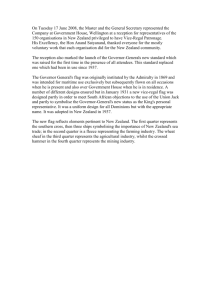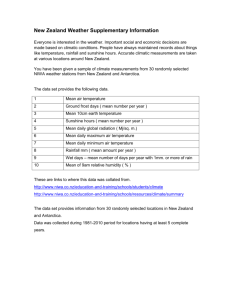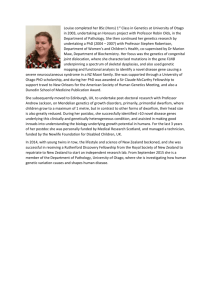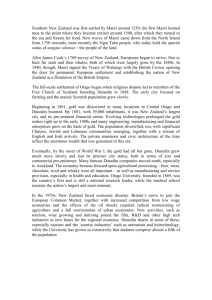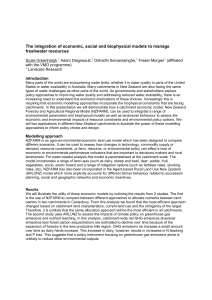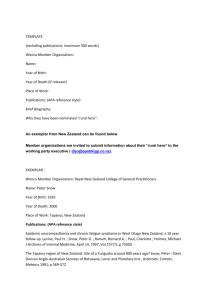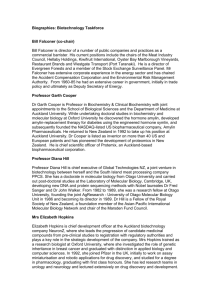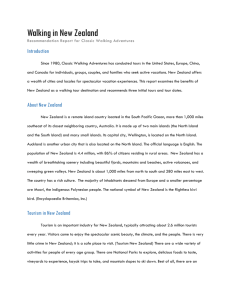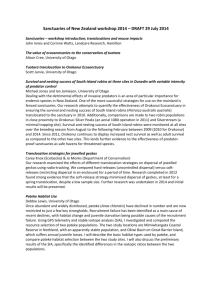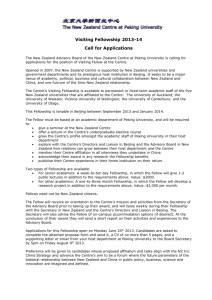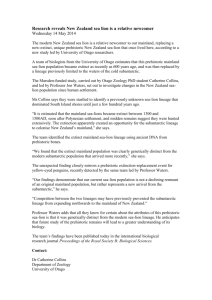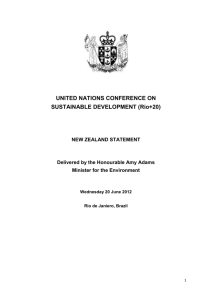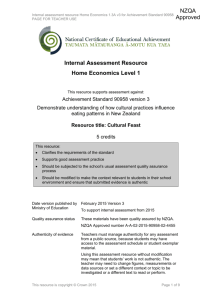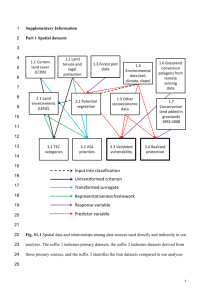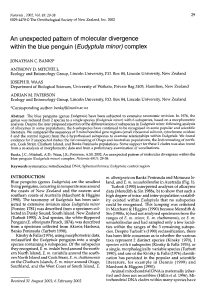Media Release
advertisement
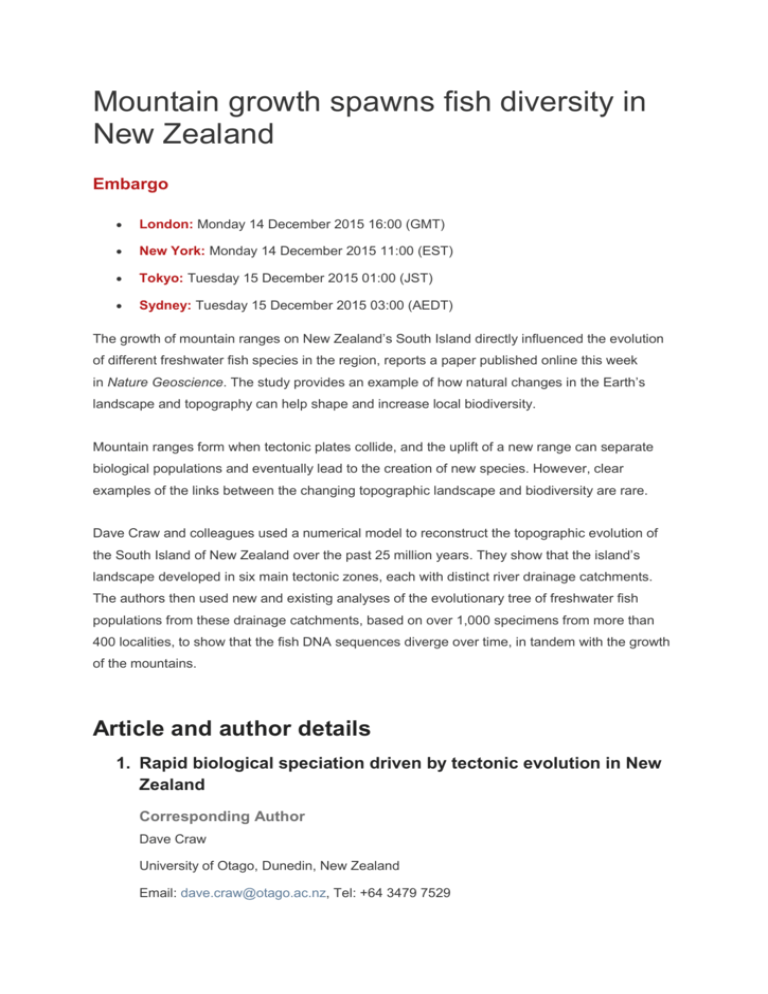
Mountain growth spawns fish diversity in New Zealand Embargo London: Monday 14 December 2015 16:00 (GMT) New York: Monday 14 December 2015 11:00 (EST) Tokyo: Tuesday 15 December 2015 01:00 (JST) Sydney: Tuesday 15 December 2015 03:00 (AEDT) The growth of mountain ranges on New Zealand’s South Island directly influenced the evolution of different freshwater fish species in the region, reports a paper published online this week in Nature Geoscience. The study provides an example of how natural changes in the Earth’s landscape and topography can help shape and increase local biodiversity. Mountain ranges form when tectonic plates collide, and the uplift of a new range can separate biological populations and eventually lead to the creation of new species. However, clear examples of the links between the changing topographic landscape and biodiversity are rare. Dave Craw and colleagues used a numerical model to reconstruct the topographic evolution of the South Island of New Zealand over the past 25 million years. They show that the island’s landscape developed in six main tectonic zones, each with distinct river drainage catchments. The authors then used new and existing analyses of the evolutionary tree of freshwater fish populations from these drainage catchments, based on over 1,000 specimens from more than 400 localities, to show that the fish DNA sequences diverge over time, in tandem with the growth of the mountains. Article and author details 1. Rapid biological speciation driven by tectonic evolution in New Zealand Corresponding Author Dave Craw University of Otago, Dunedin, New Zealand Email: dave.craw@otago.ac.nz, Tel: +64 3479 7529 DOI 10.1038/ngeo2618 Online paper* http://nature.com/articles/doi:10.1038/ngeo2618 * Please link to the article in online versions of your report (the URL will go live after the embargo ends). Geographical listings of authors Australia & New Zealand


